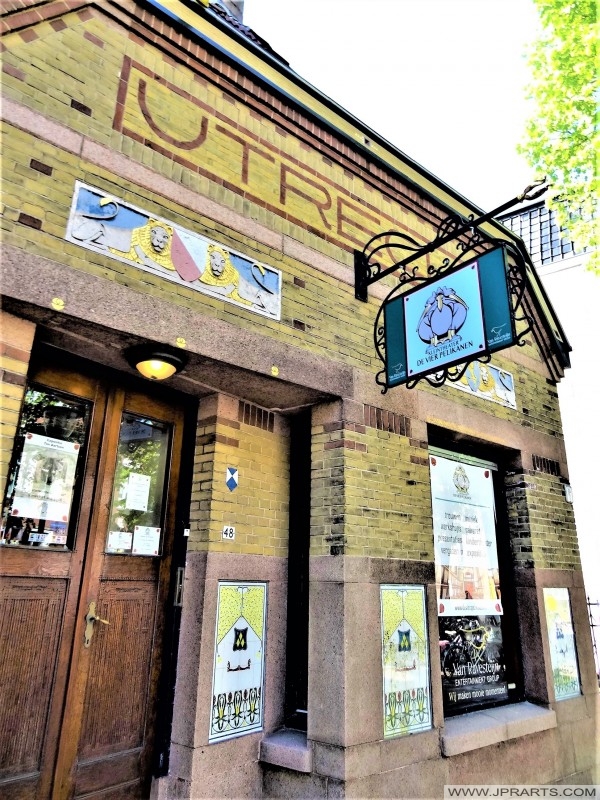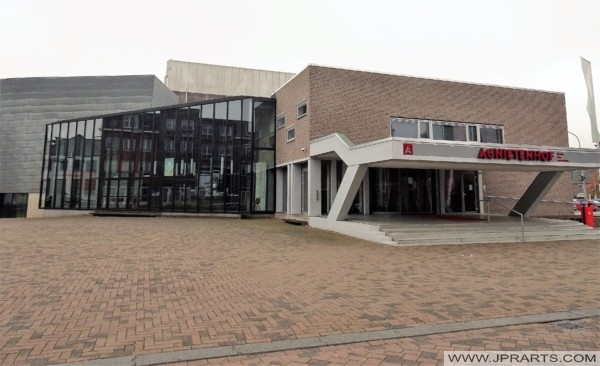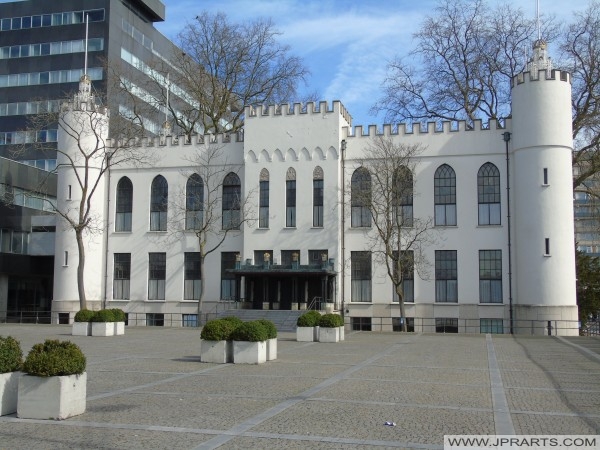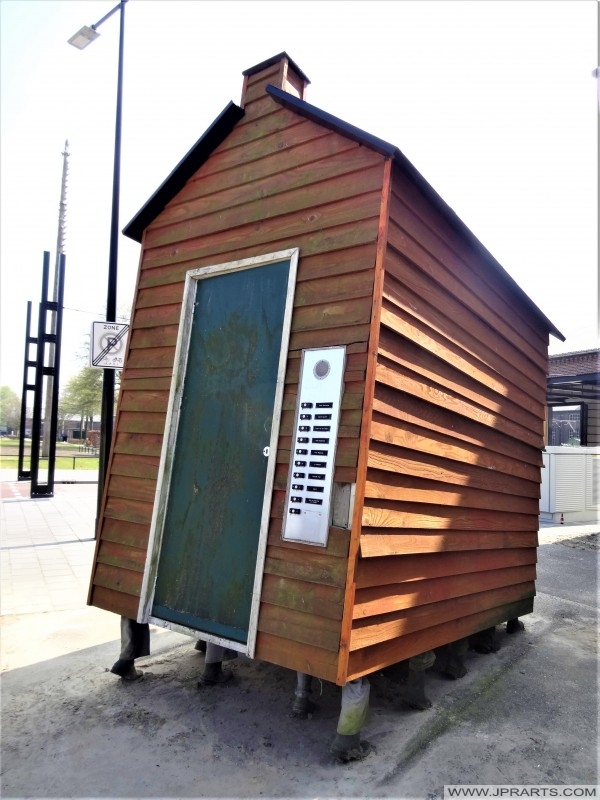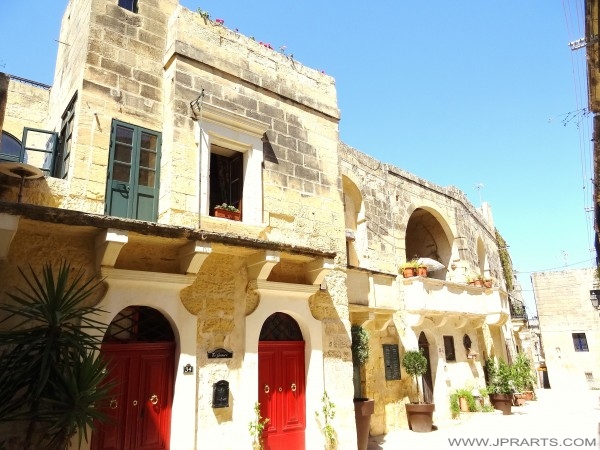A theater, theatre or playhouse, is a structure where theatrical works or plays are performed, or other performances such as musical concerts may be produced. A theatre used for opera performances is called an opera house. While a theater is not required for performance (as in environmental theater or street theater), a theater serves to define the performance and audience spaces. The facility is traditionally organized to provide support areas for performers, the technical crew and the audience members.
Theatres Worldwide
Teatros en Todo el Mundo
There are as many types of theaters as there are types of performance. Theaters may be built specifically for a certain types of productions, they may serve for more general performance needs or they may be adapted or converted for use as a theater. They may range from open-air amphitheaters to ornate, cathedral-like structures to simple, undecorated rooms or black box theaters. Some theaters may have a fixed acting area (in most theaters this is known as the stage), while some theaters, such as black box theaters, may not, allowing the director and designers to construct an acting area suitable for the production.
Theater Weltweit
全球剧院
Greek theater buildings were called a theatron (‘seeing place’). The theaters were large, open-air structures constructed on the slopes of hills. They consisted of three principal elements: the orchestra, the skene, and the audience. The Romans copied the Greek style of building, but tended not to be so concerned about the location, being prepared to build walls and terraces instead of looking for a naturally occurring site.
During the Elizabethan era in England, theaters were constructed of wooden framing, infilled with wattle and daub and roofed with thatch. Mostly the theaters were entirely open air. They consisted of several floors of covered galleries surrounding a courtyard which was open to the elements.
During the Renaissance, the first modern enclosed theaters were constructed in Italy. Their structure was similar to that of ancient theaters, with a cavea and an architectural scenery, representing a city street. The oldest surviving examples of this style are the Teatro Olimpico in Vicenza (1580) and the Teatro all’antica in Sabbioneta (1590). The first enclosed theaters were court theaters, open only to the sovereigns and the nobility. The first opera house open to the public was the Teatro San Cassiano (1637) in Venice. The Italian opera houses were the model for the subsequent theaters throughout Europe.
Театры мира
Théâtres dans le Monde
Richard Wagner placed great importance on “mood setting” elements, such as a darkened theater, sound effects, and seating arrangements (lowering the orchestra pit) which focused the attention of audience on the stage, completely immersing them in the imaginary world of the music drama. These concepts were revolutionary at the time, but they have since come to be taken for granted in the modern operatic environment as well as many other types of theatrical endeavors. Contemporary theaters are often non-traditional, such as very adaptable spaces, or theaters where audience and performers are not separated. A major example of this is the modular theater, notably the Walt Disney Modular Theater.
दुनिया भर में थिएटर
المسارح في جميع أنحاء العالم
The traditional stage used in Noh theater is based on a Chinese pattern. It is completely open, providing a shared experience between the performers and the audience throughout the play. Without any prosceniums or curtains to obstruct the view, the audience sees each actor at moments even before entering the primary platform of the stage. The theater itself is considered symbolic and treated with reverence both by the performers and the audience.
The Japanese kabuki stage features a projection called a hanamichi (花道; literally, flower path), a walkway which extends into the audience and via which dramatic entrances and exits are made. Okuni also performed on a hanamichi stage with her entourage. The stage is used not only as a walkway or path to get to and from the main stage, but important scenes are also played on the stage. Kabuki stages and theaters have steadily become more technologically sophisticated, and innovations including revolving stages and trap doors were introduced during the 18th century.
The Indian Koothambalam temple is a space used to perform Sanskrit drama. Called the koothambalam or kuttampalam, it is a large high-caste rectangular, temple in Kerala which represented a “visual sacrifice” to any deities or gods of the temple.
世界中の劇場
Rạp hát trên toàn thế giới
Visit Cheap Shopping for cheap Blu-rays, Books and DVDs about Theatres
Click Here for More Stock Photos and Videos

